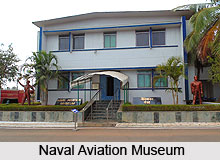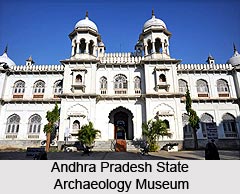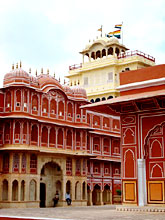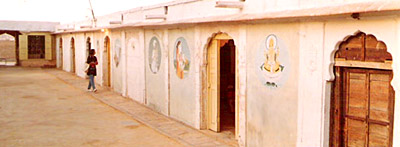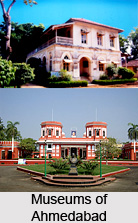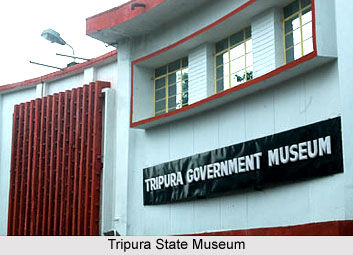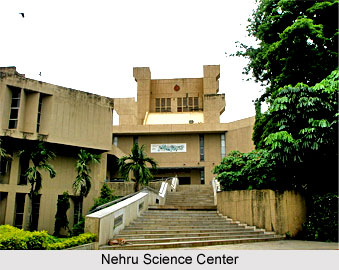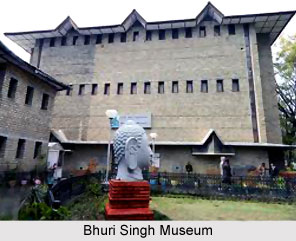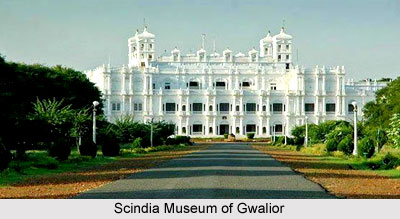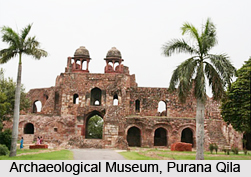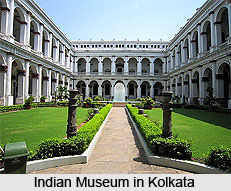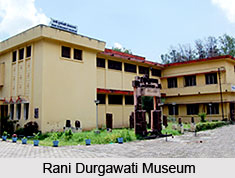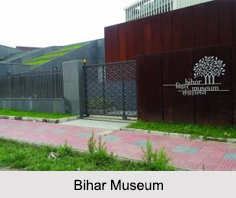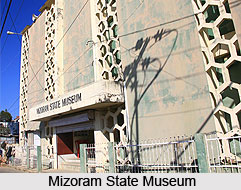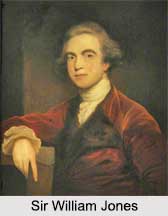 Sir William Jones is a well known figure of British India. He was an Anglo-Welsh philologist, a judge of the Supreme Court of Judicature at Fort William in Bengal and a scholar of ancient India. He, along with Henry Thomas Colebrooke and Nathaniel Halhed, founded the Asiatic Society of Bengal in 1784.
Sir William Jones is a well known figure of British India. He was an Anglo-Welsh philologist, a judge of the Supreme Court of Judicature at Fort William in Bengal and a scholar of ancient India. He, along with Henry Thomas Colebrooke and Nathaniel Halhed, founded the Asiatic Society of Bengal in 1784.
Early Life of Sir William Jones
Sir William Jones was born in London on 28th September 1746. His father was a well-known mathematician whose friends included Samuel Johnson, Sir Isaac Newton, and Lord Parker, the President of the Royal Society. He had a thorough education and was proficient enough in French, Italian, Spanish, Portuguese, Greek and Latin to be able to compose original pieces in them. At University College, Oxford, where he was admitted in 1764, Jones distinguished himself as he had done at school in Harrow. While at college, his interests for oriental works developed. He graduated there in 1768 and completed M.A. in 1773. Financially constrained, he took a position tutoring the seven-year-old Lord Althorp, son of Earl Spencer. For the next six years he worked as a tutor and translator.
Sir William Jones and The Oriental Arts
Sir William Jones always had a great fascination and interest in the Oriental Arts. While at college, he studied Arabic and Persian as well. By 1768 he had acquired such a reputation for oriental scholarship that King Christian VII of Denmark asked him to translate the history of Nadir Shah, the Tarikh-i-Nadiri, into French. The History was published in 1770. He realised from his great reading of Oriental works that they held not only beauty but great wisdom. His desire was to make his fellow Europeans conscious of these treasures. Europe`s colonial spirit was at its height in the late eighteenth century and they viewed every other civilisation as being below them. He was thus one of the first scholars to break through European prejudices against oriental studies and to widen the horizons of the European scholars. Jones altered the English conception of the Eastern world. Sir William Jones set sail for India on 20th March 1782.
Scholarly Contributions of Sir William Jones
Sir William Jones was the first to suggest a racial division of India involving an Aryan incursion but at that time there was inadequate evidence to support it. It was an idea later taken up by British administrators such as Herbert Hope Risley but remains undecided today. In his Third Anniversary Discourse to the Asiatic Society (1786) he suggested that Sanskrit, Greek and Latin languages had a common root, and that they may all be further related, in turn, to Gothic and the Celtic languages, as well as to Persian.
The 11 years which he spent on the Supreme Court of Calcutta were extremely helpful ones, and he applied democratic principles to his judicial decisions. The six charges Jones made to the Calcutta Grand Jury during that period helped settle on the course of Indian jurisprudence as well as protect the rights of Indian citizens to trial by jury, as Jones considered Indians to be equal under the law with Europeans.
Establishment of Asiatic Society
Sir William Jones, with his interest towards the Oriental Arts, felt that such an important and extensive a field was still being left unexplored. At such a state of affairs, he felt he could only be improved through the united efforts of a few people and this unity he felt could be achieved in Bengal. Herein lay the seeds of the Asiatic Society. As soon as Jones overcame his initial problems he devoted himself to the realization of his dream. In January 1784 he sent a circular letter putting forward his plans of establishing a Society to encourage oriental studies. He also discussed his plan with his senior colleague in the Supreme Court, Sir Robert Chambers, who applauded the project and invited men of letters to give Jones`s idea a solid foundation. On 15th January 1784, thirty elite gentlemen of the European community met in the Grand Jury Room of the Supreme Court of Kolkata. With Sir Robert Chambers in the Chair, a resolution was passed for the establishment of the Asiatic Society, Kolkata. Thus the foundation of the great centre of learning was laid in this modest fashion. This was a historic event as it marked the restoration of learning in and about India.
As to the Society`s objects of inquiry, Jones remarked that they would be "Man and Nature: whatever is performed by the one, or produced by the other. No comparable phrase can so encompass the entire range of human knowledge." However, Jones himself set a limit to the Society`s objects of inquiry by suggesting that they should be confined within the `geographical limits of Asia`. This again was a revolutionary idea, at a time when Europe was supposed to be the storehouse of all knowledge, secular and divine. Research in ancient Indian history and chronology was one of the main tasks of the Society from the very beginning.
Sir William Jones was thus a revolutionary figure in British India. He was neither a missionary nor an enthusiast for bringing Christian knowledge to the east. He worked in the opposite direction that is, carrying knowledge of the east to the west. William Jones was a greater scholar, and was trying to reconstruct and give content to the history of Man, rather than to the history of one religion, one community or one nation.
Personal Life of Sir William Jones
Jones` father died when he was aged 3 years, and his mother Mary Nix Jones raised him. In 1778 he was engaged to marry Anna Maria Shipley. He died on 1794.

